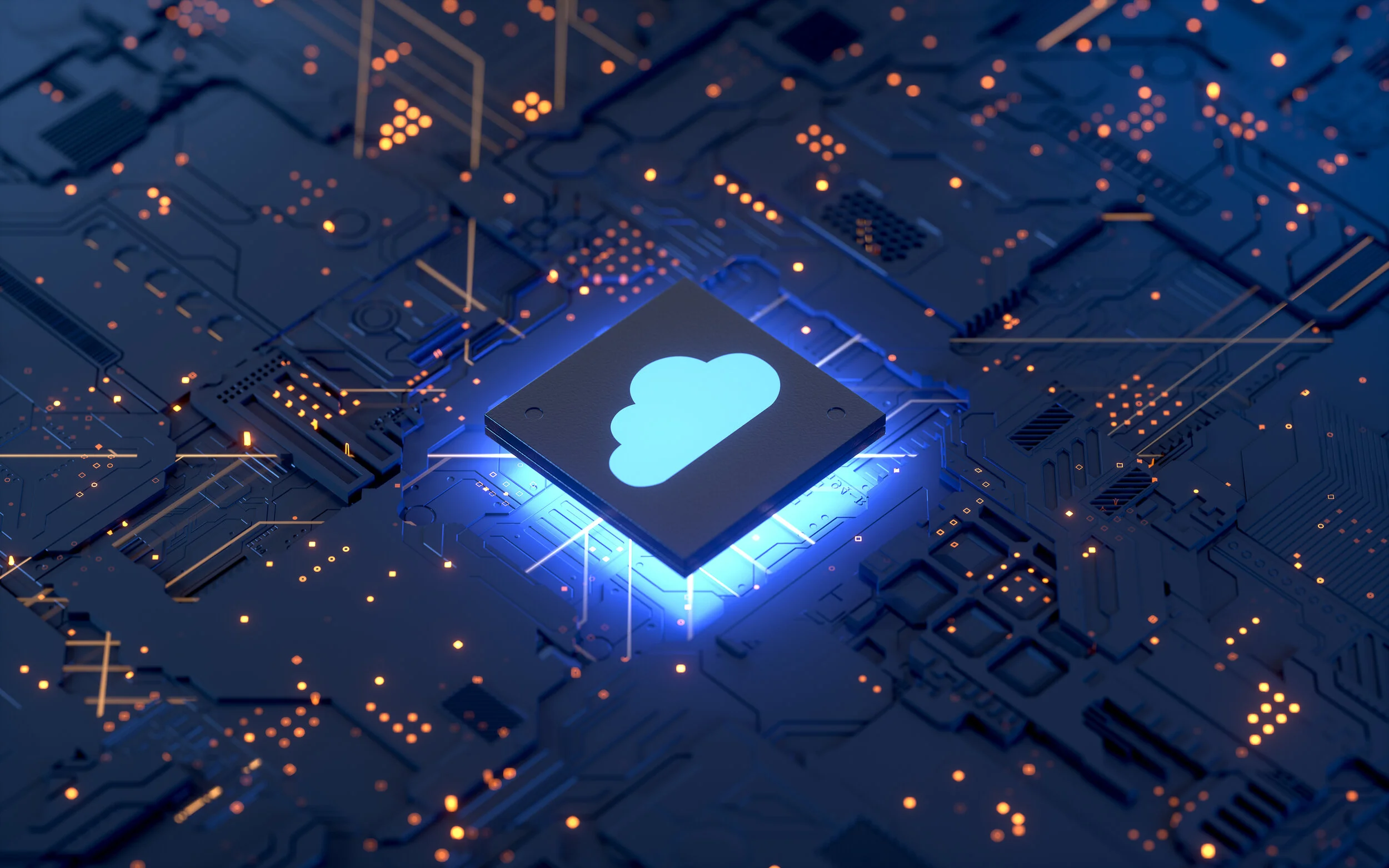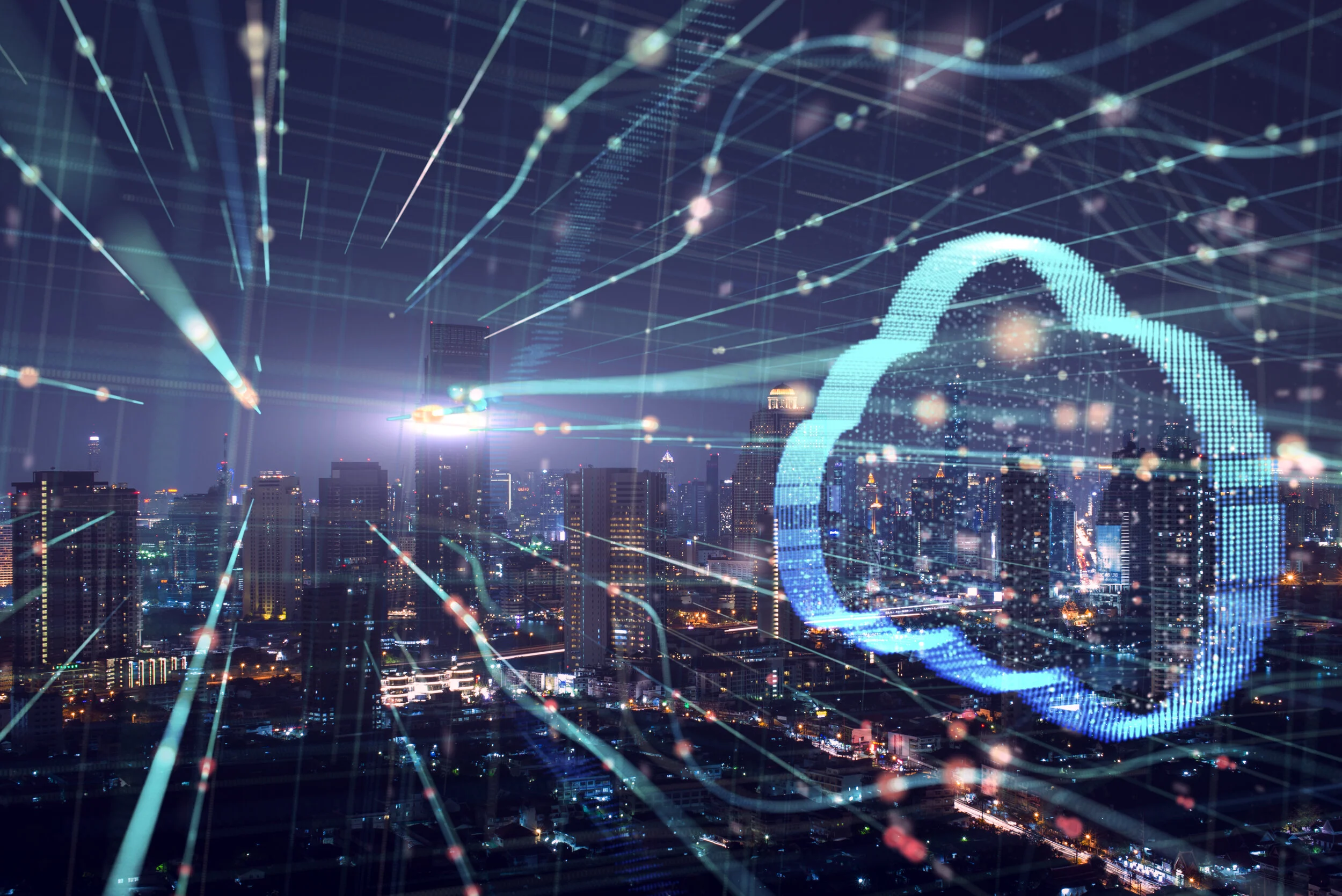There are many misconceptions surrounding software bots. The term ‘bot’ is applied to a vast array of different technologies, which can make pinning down a precise definition difficult. Clearly the pervasiveness of software bots speaks to how useful they can be. But what exactly are software bots, and what exactly are their capabilities? More importantly, do they have a place in the technological toolbelt of the workforce of tomorrow?
Read MoreThe American Society of Civil Engineers (ASCE) recently gave the US a D grade for drinking water infrastructure and D+ for wastewater infrastructure. How can the richest nation in the world have infrastructure ranked so poorly on the world scale, and what investments are being made to improve our water networks?
Read MoreCloud computing has applications in a wide array of industries, but utilities in particular are well-suited to reap the massive benefits of the cloud. The unique IT requirements of large, regulated organizations managing critical infrastructure are incredibly complex and notoriously difficult to manage. Only through leveraging the cloud can forward-thinking utilities stay on the cutting edge of technological advancement.
Read MoreMany industries are leveraging the power of cloud computing to revolutionize their processes, and the COVID-19 pandemic has further accelerated the need for software solutions that can be accessed remotely. Businesses are transitioning to more comprehensive digital processes with cloud solutions at their core.
Read MoreThe 117th United States Congress is now set following two runoff elections in Georgia which have given the Democratic party control over 50 seats in the Senate and the tie-breaking vote through Vice President-elect Kamala Harris. With control of both chambers of Congress and the Presidency, Democrats are now poised to pursue more ambitious policy changes, including a proposed increase to the corporate tax rate.
Read MoreOn August 14, 2020, the Internal Revenue Service (IRS) issued PLR 202033002 to address outstanding ruling requests on the application of the Section 168 normalization rules to cost of removal (COR). The IRS concluded that the net deferred tax liability (DTL) created by COR is not protected by the normalization rules but did not provide guidance on the actual implementation of the ruling’s conclusions.
Read More





